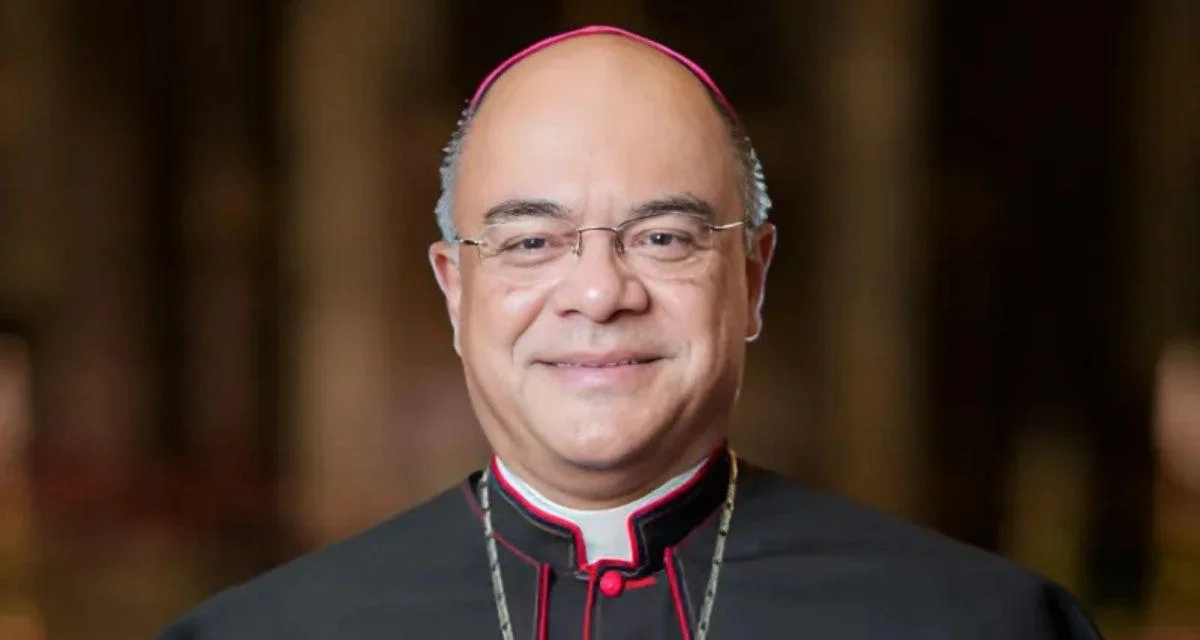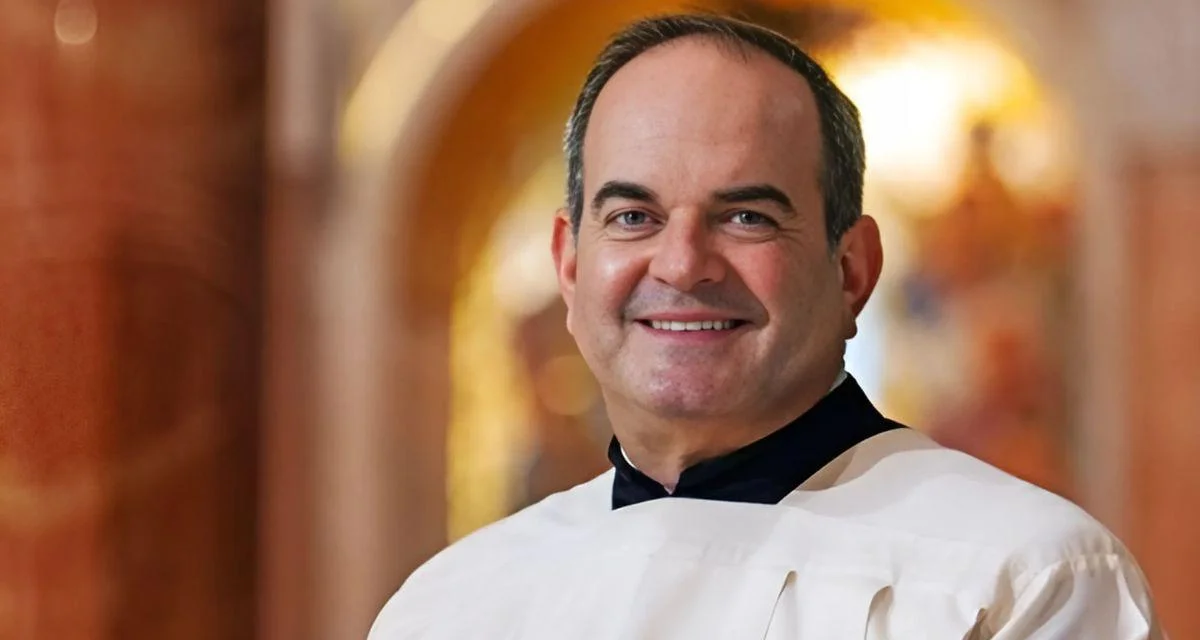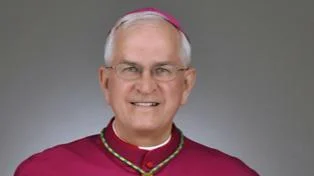
Archbishop Shelton J. Fabre | Archdiocese of Louisville
St. Augustine Church in Lebanon, Kentucky, has been named a pilgrimage site for the Jubilee Year by Archbishop Shelton J. Fabre of the Archdiocese of Louisville. The parish is among six locations within the archdiocese where visitors may receive a plenary indulgence during their pilgrimage.
The church's history is closely tied to the origins of Lebanon itself. Benedict Spalding, recognized as one of the city's founders, donated land for a Catholic church in 1813. Father Charles Nerinckx established the first church on this site in 1815, completed in 1821 and originally known as St. Hubert Church.
As the congregation grew, a larger church was built under Father Robert A. Abell and consecrated in 1837 with dedication to St. Augustine. The current building began construction in 1868 during Father Ivo Schacht’s pastorate and replaced the earlier structure by 1872.
Renovations carried out in 1908 by Father Joseph Hogarty included new stained glass windows, Stations of the Cross oil paintings, and wooden pews that remain today. Under his leadership, St. Monica Church was also established to serve Black Catholic parishioners; its cornerstone was laid in 1914 and it operated until its congregation joined St. Augustine in 1962.
Parishioner Mary Jane Schockency reflected on her connection to both churches: “I’m 89, so I’ve been here 89 years,” said Schockency, who was baptized at St. Monica Church and attended school there. She recalled small classes taught by Sisters of Loretto and memories of simple games during recess.
Schockency remains active at St. Augustine: “The people in all the parishes around here, they’re either kin by blood or association. So if anything’s going on, we all go together. If you need something, we always volunteer. Because that’s part of being part of the parish,” she said.
John Thomas, another long-time parishioner, noted the parish's contributions to church leadership: “There’s not many parishes in any diocese that can say that they have an archbishop and a bishop from this parish,” he said, mentioning Archbishop Charles Thompson and Bishop Mark Spalding who both served as pastors at St. Augustine in the late 1990s.
Father Daniel Whelan encouraged pilgrims to take time for quiet reflection during their visit: “The greatest thing we can do when we come to visit any church is just to be silent with God,” he said. “When you enter into the church, it’s okay to look around... But then, just sit down and be quiet with him.”
Inside St. Augustine Church are statues of both St. Augustine and St. Monica facing each other—symbols of its dual heritage—and oil paintings depicting the Stations of the Cross line its walls since their installation over a century ago.
The stained glass windows installed during renovations more than a hundred years ago depict saints such as St. Augustine and St. Monica alongside religious symbols like the Sacred Heart of Jesus—a feature appreciated by Schockency: “especially when you were in church and the sun was shining through.”
A restoration project completed in 2000 included constructing a new altar using marble from old altar rails and updating confessionals at the rear of the church.
Other designated pilgrimage sites within the Archdiocese include Cathedral of the Assumption, Shrine of St. Martin of Tours, Basilica of St. Joseph Proto-Cathedral in Bardstown, Holy Cross Church in Loretto, and Church of St. Helen in Glasgow.
More information about visiting can be found at staugustinechurch.net or by calling 270-692-3019.
This article is part six in a series highlighting archdiocesan pilgrimage sites for Jubilee Year 2025.




 Alerts Sign-up
Alerts Sign-up